East Timor Biodiversity and the Built Environment
East Timor (Timor-Leste) has a long-standing history of sustainable architecture and eco-friendly construction practices. The region incorporates renewable materials, energy-efficient designs, and innovative green building practices. This commitment to eco-friendly construction has led to the implementation of various green building initiatives, promoting sustainable development in the region.
East Timor’s architectural heritage prioritises functionality, affordability, and local materials, with a focus on the use of renewable materials like bamboo, timber, and clay. The region also emphasises energy-efficient design principles, natural ventilation, shading, and solar orientation to reduce energy consumption. Green building practices in East Timor not only contribute to environmental sustainability but also connect communities to their cultural heritage and traditional knowledge.
Key Takeaways
- East Timor embraces sustainable practices in architecture and construction.
- The region prioritizes the use of renewable materials and energy-efficient designs.
- Green building initiatives in East Timor promote sustainable development.
- The preservation of biodiversity is a key focus in East Timor.
- International cooperation plays a crucial role in supporting East Timor’s sustainable development goals.
East Timor’s Sustainable Architecture and Eco-friendly Construction Practices
East Timor (Timor-Leste) boasts a rich history of sustainable architecture and eco-friendly construction practices. The region has a strong commitment to incorporating renewable materials, energy-efficient designs, and green building practices into its construction projects.
One of the key features of sustainable architecture in East Timor is the utilization of renewable materials such as bamboo, timber, and clay. These materials are abundant and provide cost-effective alternatives to imported materials. By prioritizing the use of local resources, East Timor not only reduces its environmental impact but also supports the local economy.
In addition to using renewable materials, East Timor emphasizes energy-efficient designs. Natural ventilation, shading, and solar orientation are cleverly integrated into the construction process to minimize energy consumption. These design principles not only contribute to environmental sustainability but also help create comfortable living spaces that enhance the well-being of residents.
“Earthbag construction is a notable example of sustainable architecture in East Timor. This innovative technique involves building walls and foundations using locally sourced soil-filled bags. Not only is this method cost-effective and environmentally friendly, but it also provides seismic resistance, allowing structures to withstand earthquakes.”
East Timor’s sustainable architecture does more than just focus on environmental sustainability. It also emphasizes affordability and cultural relevance. By prioritizing local materials and traditional building techniques, East Timor’s sustainable construction practices preserve the region’s cultural heritage and promote a sense of belonging within the community.
Despite the challenges posed by limited access to technology and trained professionals, East Timor remains committed to prioritizing sustainable construction methods. This dedication to eco-friendly construction sets a positive example for other regions, inspiring them to embrace green building practices and create a more environmentally friendly built environment.
Green Building Initiatives in East Timor
East Timor (Timor-Leste) is actively implementing various green building initiatives to promote sustainable development and environmentally friendly buildings. These initiatives are led by the government, NGOs, and local communities, aiming to create a more sustainable and eco-friendly built environment.
One key focus of green building in East Timor is the utilization of renewable materials in construction. Locally sourced materials such as bamboo, timber, and mud brick are extensively used to reduce the environmental impact. By opting for renewable materials, East Timor minimizes resource depletion and promotes the use of sustainable alternatives.
Energy-efficient designs also play a significant role in green building initiatives. East Timor incorporates the use of solar panels for lighting and heating, enhancing energy efficiency and reducing dependence on traditional energy sources. These designs not only contribute to environmental sustainability but also result in long-term cost savings for building owners.
The adoption of green building practices extends beyond individual structures, with a focus on providing sustainable infrastructure for the community. Public buildings such as schools and health clinics are developed using green building principles, ensuring that they are energy-efficient and environmentally friendly. This approach creates a sustainable environment that benefits both the users and the surrounding community.
Community-based initiatives further reinforce green building practices in East Timor. The Eco Timor program, for example, offers training on sustainable construction methods to raise awareness and provide employment opportunities within the community. By actively involving the local populace, these initiatives empower individuals to contribute to sustainable development and ensure the long-term success of green building practices.
Through their commitment to green building, East Timor’s initiatives encompass renewable materials, energy-efficient designs, sustainable infrastructure, and community involvement. These efforts promote sustainable development, preserve natural resources, and prioritize the cultural relevance and well-being of its communities.
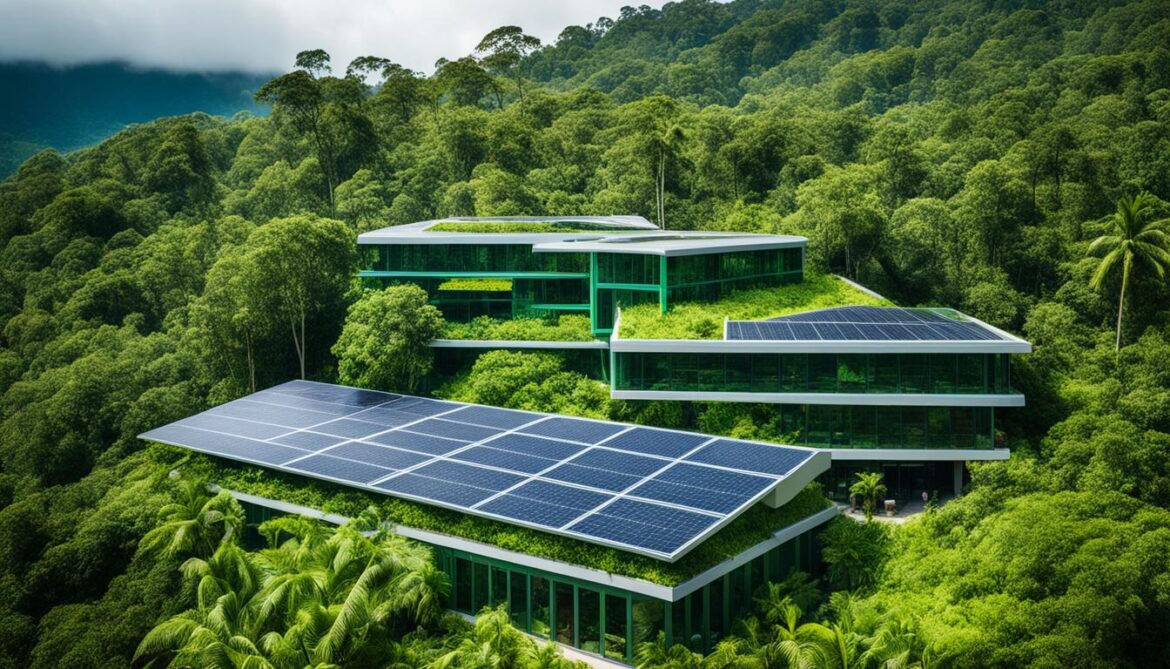
| Green Building Initiatives in East Timor | Implementation | Benefits |
|---|---|---|
| Use of renewable materials | Locally sourced bamboo, timber, and mud brick are utilized in construction. | – Reduces environmental impact – Promotes sustainable resource utilization |
| Energy-efficient designs | Solar panels are integrated for lighting and heating. | – Enhances energy efficiency – Reduces reliance on traditional energy sources – Cost savings in the long run |
| Sustainable infrastructure | Public buildings like schools and health clinics are developed with green building practices. | – Provides sustainable facilities for the community – Energy-efficient and environmentally friendly structures |
| Community-based initiatives | The Eco Timor program offers training on sustainable construction methods. | – Promotes awareness and community involvement – Provides employment opportunities |
Advantages and Challenges of Green Building in East Timor
The green building practices in East Timor offer numerous advantages over conventional construction methods. By embracing sustainable construction methods, East Timor promotes sustainable development, preserves its natural resources, and reduces the environmental impact of buildings. Some key advantages of green building include:
- Reduced environmental impact: Green building practices prioritize the use of renewable materials and energy-efficient designs, resulting in lower carbon emissions and minimized waste generation.
- Energy efficiency: Green buildings are designed to optimize energy consumption, resulting in lower energy bills and reduced reliance on fossil fuels.
- Improved indoor air quality: Green buildings incorporate strategies to improve indoor air quality, reducing exposure to harmful pollutants and fostering a healthier living environment.
- Enhanced occupant comfort: Green buildings prioritize natural lighting, good ventilation, and thermal comfort, contributing to the overall well-being and satisfaction of occupants.
Despite the advantages, there are several challenges to implementing green building practices in East Timor:
- Limited access to technical expertise: A lack of trained professionals and resources for designing and constructing green buildings can hinder the widespread adoption of sustainable construction methods.
- Lack of awareness and education: Many local communities may not be aware of the long-term benefits of green building or have limited knowledge of sustainable construction practices, making conventional methods more favorable.
- Cost considerations: Initial costs associated with green building materials and technologies may be higher compared to conventional construction methods, posing financial challenges for some developers.
Despite these challenges, East Timor recognizes the advantages of green building and continues to push for sustainability in the built environment. Efforts are being made to overcome these obstacles through education and training programs, increased access to technical expertise, and the development of financial incentives. By addressing these challenges, East Timor can further advance its sustainable development goals and create a more environmentally friendly built environment.
Biodiversity in East Timor
Timor-Leste is situated in the biodiversity hotspot of Wallacea, renowned for its globally significant ecosystems and endemic species. The country’s geographic location also places it within the Coral Triangle, an area hailed for its remarkable marine biodiversity. With approximately 700 km of coastline and a potential Exclusive Economic Zone (EEZ) spanning about 75,000 km2, Timor-Leste offers a diverse range of habitats. The region boasts over 100 rivers that flow into the coastal zone, sustaining unique ecosystems.
Timor-Leste is home to 24 key wetland sites that have been identified as environmentally significant, warranting conservation efforts and resource management. These wetlands play a vital role in supporting diverse plant and animal life, functioning as critical feeding and breeding grounds for numerous species.
The country’s biodiversity encompasses a wide variety of species, both on land and in the surrounding seas. Recent surveys have unveiled new discoveries, such as previously unknown species of bats, frogs, geckos, skinks, and marine megafauna. These remarkable findings underscore the richness and biological significance of Timor-Leste’s ecosystems.
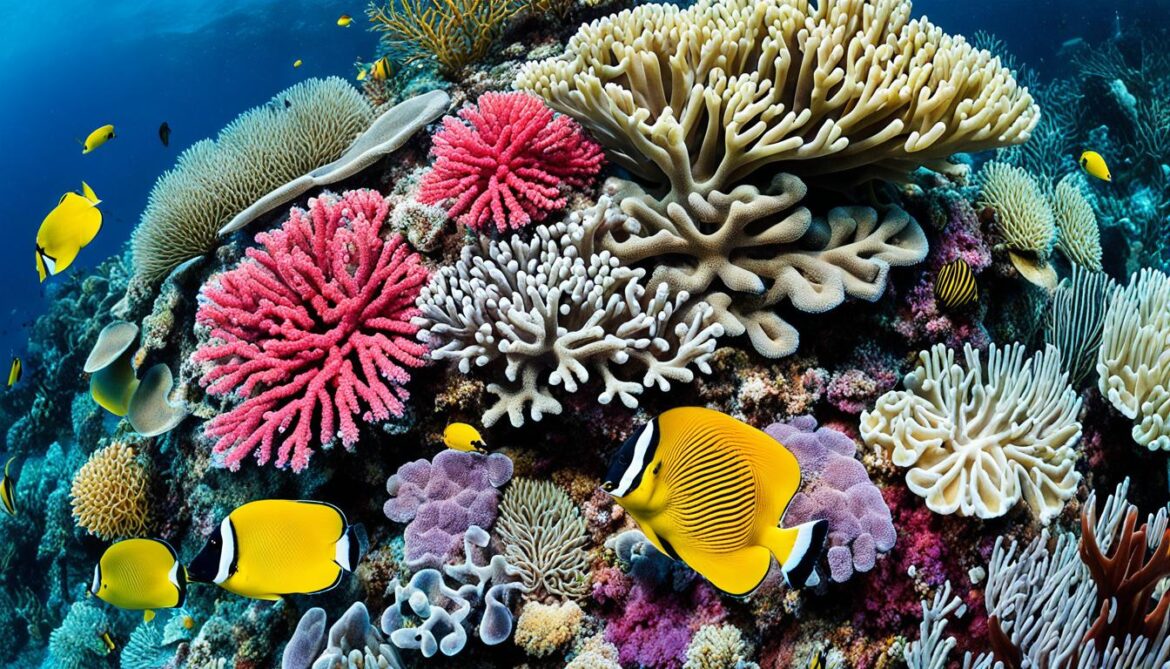
The preservation of biodiversity in East Timor is paramount, as it ensures the maintenance of ecological balance and supports sustainable development. By safeguarding the countless species and habitats within its borders, Timor-Leste not only protects its natural heritage but also paves the way for a resilient and harmonious future.
Environmental Challenges in East Timor
East Timor faces significant environmental challenges, particularly in relation to climate change and its impact on extreme weather events. The region experiences a range of climatic extremes, including floods, heatwaves, cyclones, and storm surges. These events pose a threat to the country’s infrastructure, economy, and, most importantly, the lives and livelihoods of its inhabitants.
The vulnerability of East Timor is exacerbated by its status as one of the world’s least developed countries and a small island developing state. Limited resources and infrastructure make it difficult to effectively respond to and recover from climate-related disasters. As a result, proactive measures are necessary to mitigate the risks and protect the population.
One key initiative aimed at addressing these challenges is the establishment of an early warning system for climate-related disasters. The United Nations Environment Programme (UNEP) is working closely with East Timor to implement this system, which will utilize radars and underwater sensors to improve weather forecasting and issue timely alerts to the population. This early warning system, financed by the Green Climate Fund, will play a crucial role in enhancing preparedness and reducing the impacts of climate-related disasters.
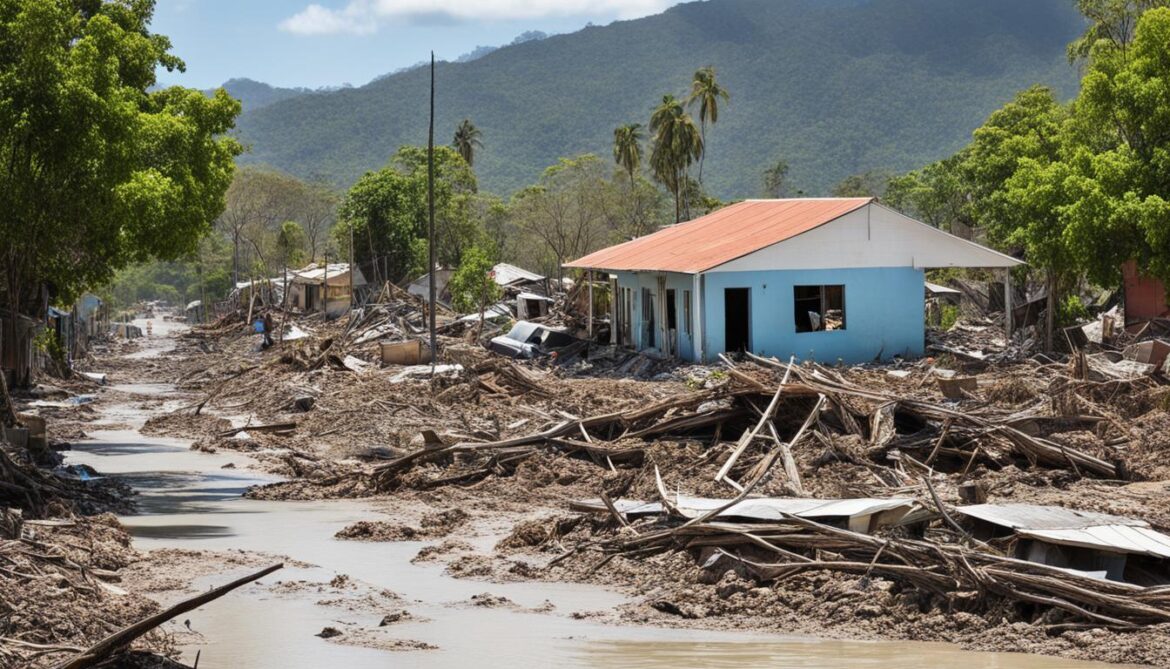
By improving weather forecasting and providing early alerts, the early warning system will enable individuals and communities to take necessary precautions and evacuate in a timely manner, potentially saving lives and reducing the socio-economic impacts of climate-related disasters. It will also contribute to building resilience and adaptive capacity, allowing East Timor to better cope with the challenges posed by climate change.
Key Challenges and Considerations:
- Limited resources and infrastructure hinder effective response and recovery from climate-related disasters.
- East Timor’s vulnerability is compounded by its status as a small island developing state.
- Proactive measures and early warning systems are crucial for protecting lives and minimizing the impacts of extreme weather events.
Benefits of an Early Warning System:
- Improved weather forecasting for timely alerts and evacuation.
- Enhanced preparedness and reduced socio-economic impacts of climate-related disasters.
- Increased resilience and adaptive capacity to climate change.
The implementation of an effective early warning system in East Timor is a vital step towards safeguarding lives, protecting infrastructure, and building climate resilience. It demonstrates a proactive approach to addressing the environmental challenges posed by climate change and extreme weather events.
Green Building and Climate Resilience in East Timor
Building a resilient and climate-safe built environment is essential for East Timor’s adaptation to climate change. By integrating green building practices and implementing an early warning system, East Timor can enhance climate resilience and reduce the risks posed by climate-related disasters.
The early warning system, consisting of radars, sensors, and alert mechanisms, will improve weather forecasting and enable timely evacuation and preparedness. This early warning system plays a crucial role in reducing the vulnerability of Timor-Leste to extreme weather events and the impacts of climate change.
Green building practices, such as the use of renewable materials, energy-efficient designs, and environmentally friendly construction methods, contribute to the preservation of natural resources and the well-being of communities. They are vital components in creating a climate-resilient built environment.
“Implementing green building practices and an early warning system is crucial for East Timor to reduce its vulnerability to climate-related disasters and ensure disaster preparedness,” says Dr. Maria Silva, an expert in climate resilience and sustainable development.
| Benefits of Green Building and Early Warning System | Challenges in Implementation |
|---|---|
|
|
Creating a climate-resilient built environment requires a holistic approach that addresses both the physical and social aspects of sustainability. By leveraging green building practices and an early warning system, East Timor can enhance its climate resilience, reduce risks, and ensure a sustainable and safe future for its communities.

Case Study: Climate-Resilient School Buildings in Rural Communities
In rural communities of East Timor, climate resilience is being showcased through the construction of climate-resilient school buildings. These buildings incorporate green building principles and are designed to withstand extreme weather events. They utilize renewable materials, energy-efficient designs, and proper ventilation systems to ensure the safety and well-being of students and staff.
“The climate-resilient school buildings not only provide a safe and secure learning environment but also serve as a model for sustainable construction practices in the region. They inspire local communities to embrace climate resilience and contribute to East Timor’s overall disaster preparedness,”
Investing in the Future
Building climate resilience through green building practices and early warning systems is an investment in the future of East Timor. By prioritizing sustainability and disaster preparedness, the country can minimize the risks associated with climate change and protect its communities and natural resources.
“The integration of green building and climate resilience measures is a proactive approach to addressing the impacts of climate change. It not only reduces vulnerability but also fosters a sustainable and prosperous future for East Timor,”
Importance of International Cooperation in Sustainable Development
Achieving sustainable development in East Timor requires international cooperation and collaboration. The global climate crisis calls for collective action to address challenges such as extreme weather events, rising sea levels, and biodiversity loss. Initiatives like the United Nations’ Early Warnings for All and the Systematic Observations Financing Facility aim to provide technical and financial assistance to developing countries, ensuring access to state-of-the-art technologies and capacity development support. International cooperation enables the exchange of knowledge, expertise, and resources, empowering countries like East Timor to implement sustainable development strategies. By coming together and sharing best practices, the international community can work towards a more sustainable and resilient future for all.

| Benefits of International Cooperation in Sustainable Development | Examples |
|---|---|
| Shared Resources: Collaborative efforts allow countries to pool resources, creating greater access to funding, technology, and expertise. | United Nations: Early Warnings for All initiative provides technical and financial aid to implement early warning systems for climate-related disasters. |
| Knowledge Exchange: International cooperation facilitates the exchange of best practices, lessons learned, and innovative solutions for sustainable development. | Systematic Observations Financing Facility: Supports capacity development and sharing of knowledge and expertise in data collection and analysis for climate change mitigation and adaptation. |
| Capacity Building: Collaborative partnerships enhance the ability of countries to implement sustainable development strategies through training, education, and technical support. | Global Environment Facility: Provides financial resources and capacity-building support to address environmental challenges, including climate change mitigation and adaptation. |
“International cooperation is key in tackling the complex challenges posed by the climate crisis. By working together, countries can leverage their strengths, resources, and knowledge to achieve sustainable development goals and create a more resilient future for all.”
Conclusion
East Timor’s commitment to sustainable development is evident in its long-standing history of eco-friendly architecture and green building practices. The region prioritises the use of renewable materials, energy-efficient designs, and innovative construction methods, contributing to environmental sustainability and the preservation of biodiversity. By embracing eco-friendly architecture, East Timor not only builds a more sustainable built environment but also connects communities to their cultural heritage and traditional knowledge.
Despite challenges such as limited access to technology and trained professionals, East Timor continues to make significant strides towards a more sustainable future. The implementation of an early warning system for climate-related disasters further enhances climate resilience and disaster preparedness. This system, financed with international cooperation, will improve weather forecasting and provide timely alerts to protect lives and ecosystems.
International cooperation plays a crucial role in supporting East Timor’s sustainable development goals. Through collaboration and the exchange of knowledge, expertise, and resources, the international community empowers East Timor to implement sustainable practices and overcome challenges. By prioritising sustainable development, East Timor paves the way for a greener, more climate-resilient future.





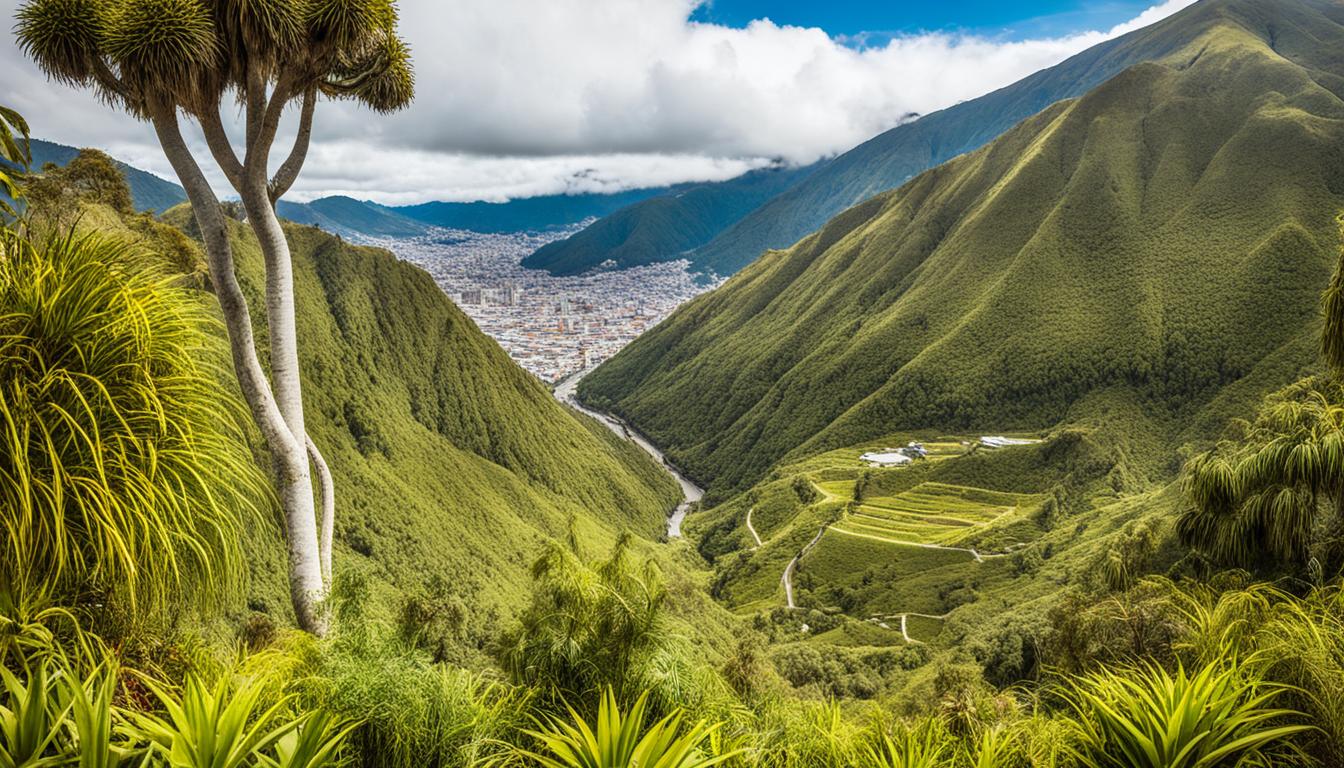

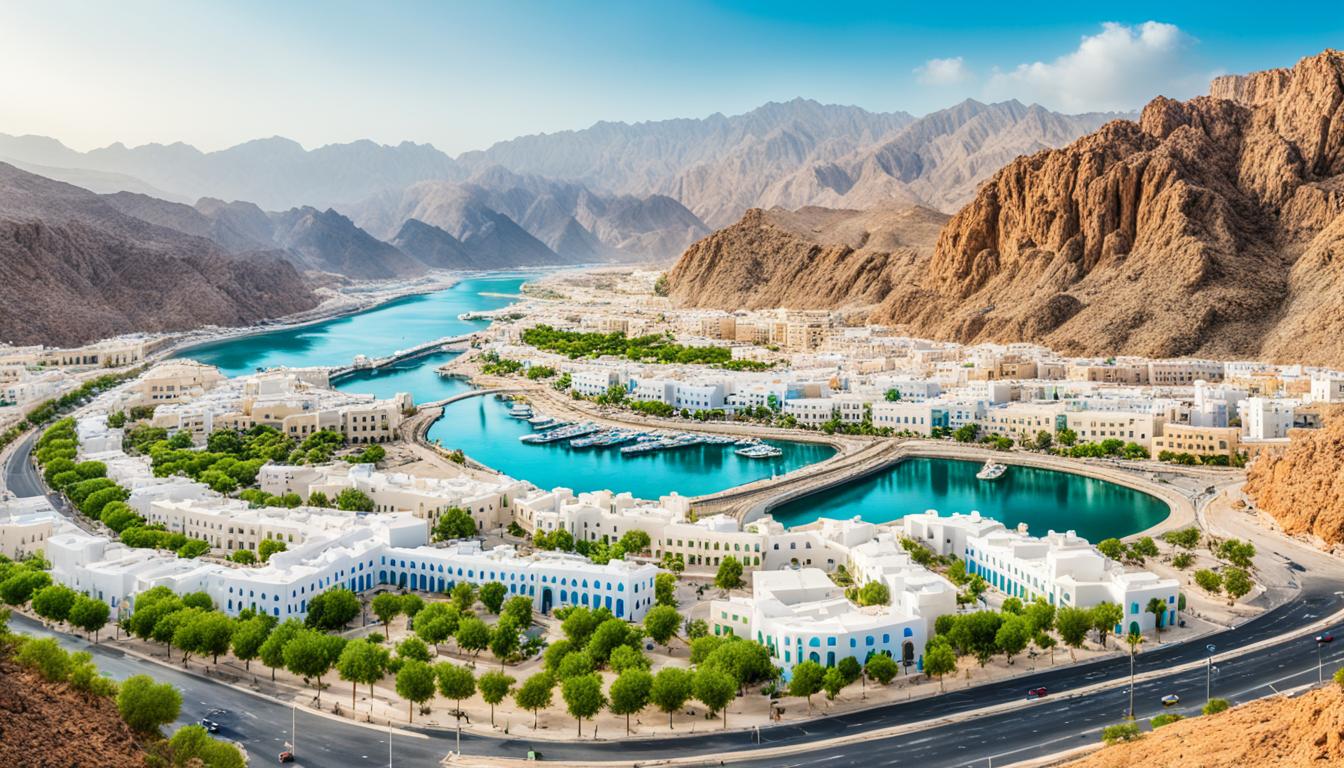

Switzerland Top Green Buildings
7 months ago[…] unpacks the urban planning, mobility strategies, carbon removal innovations, and deep-rooted community involvement that […]